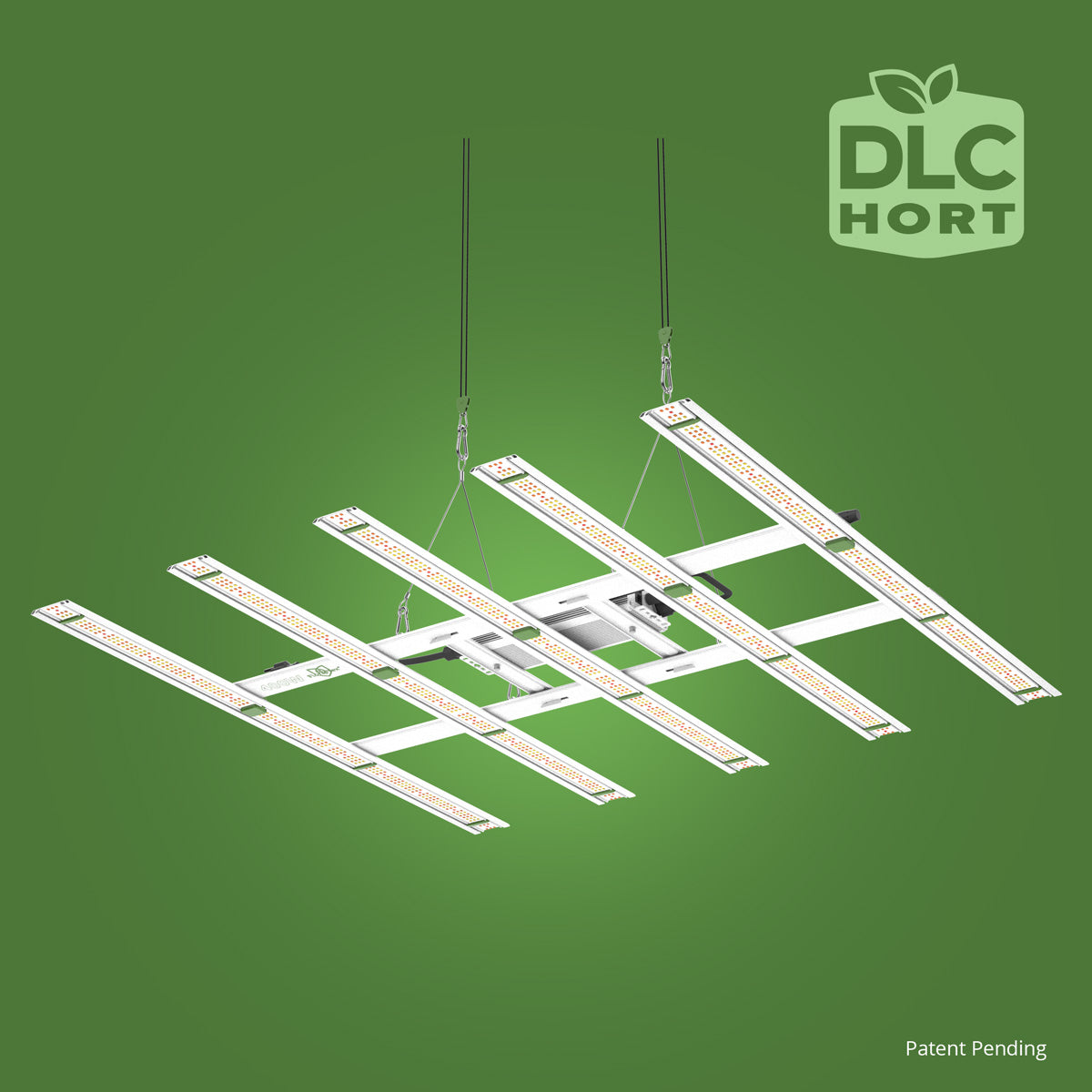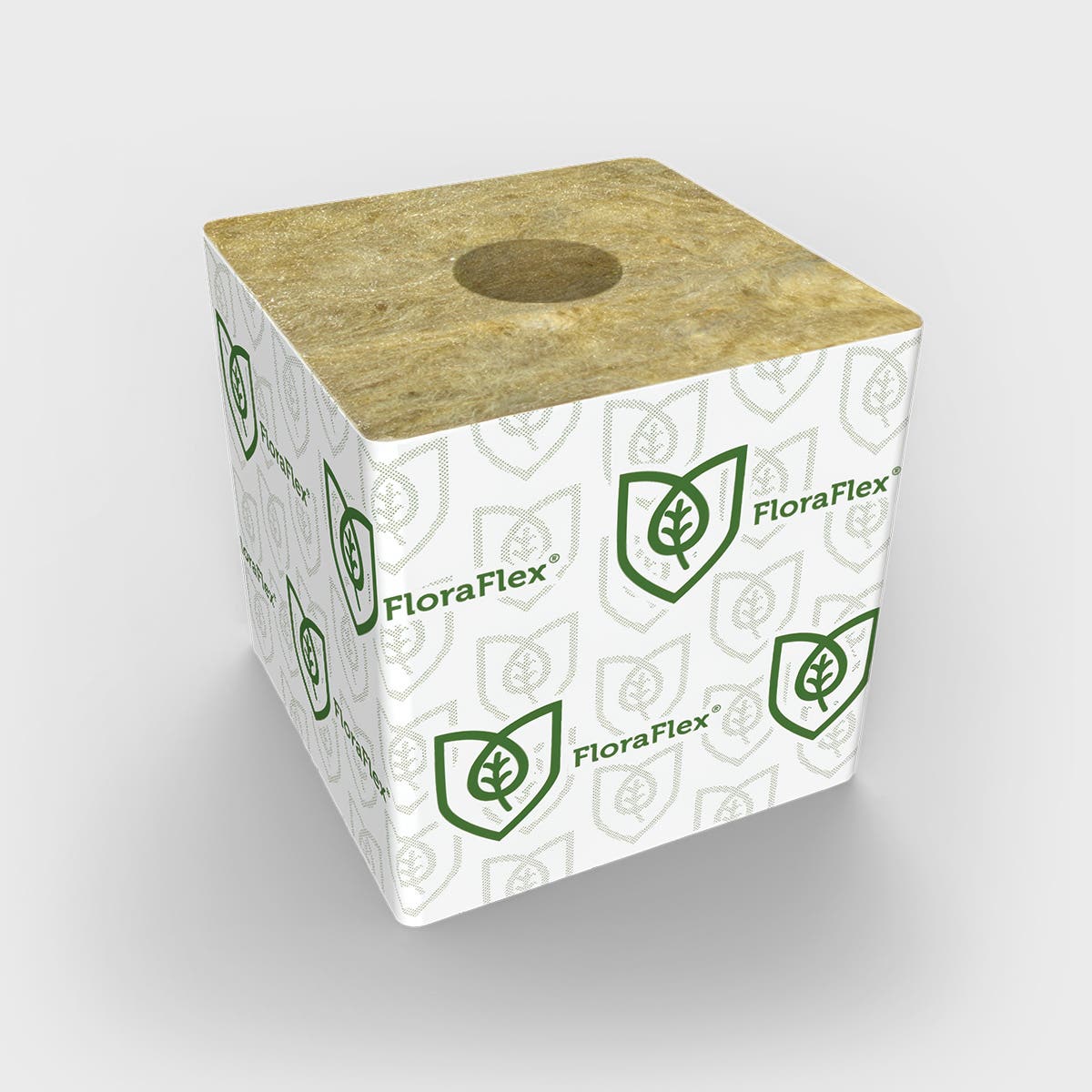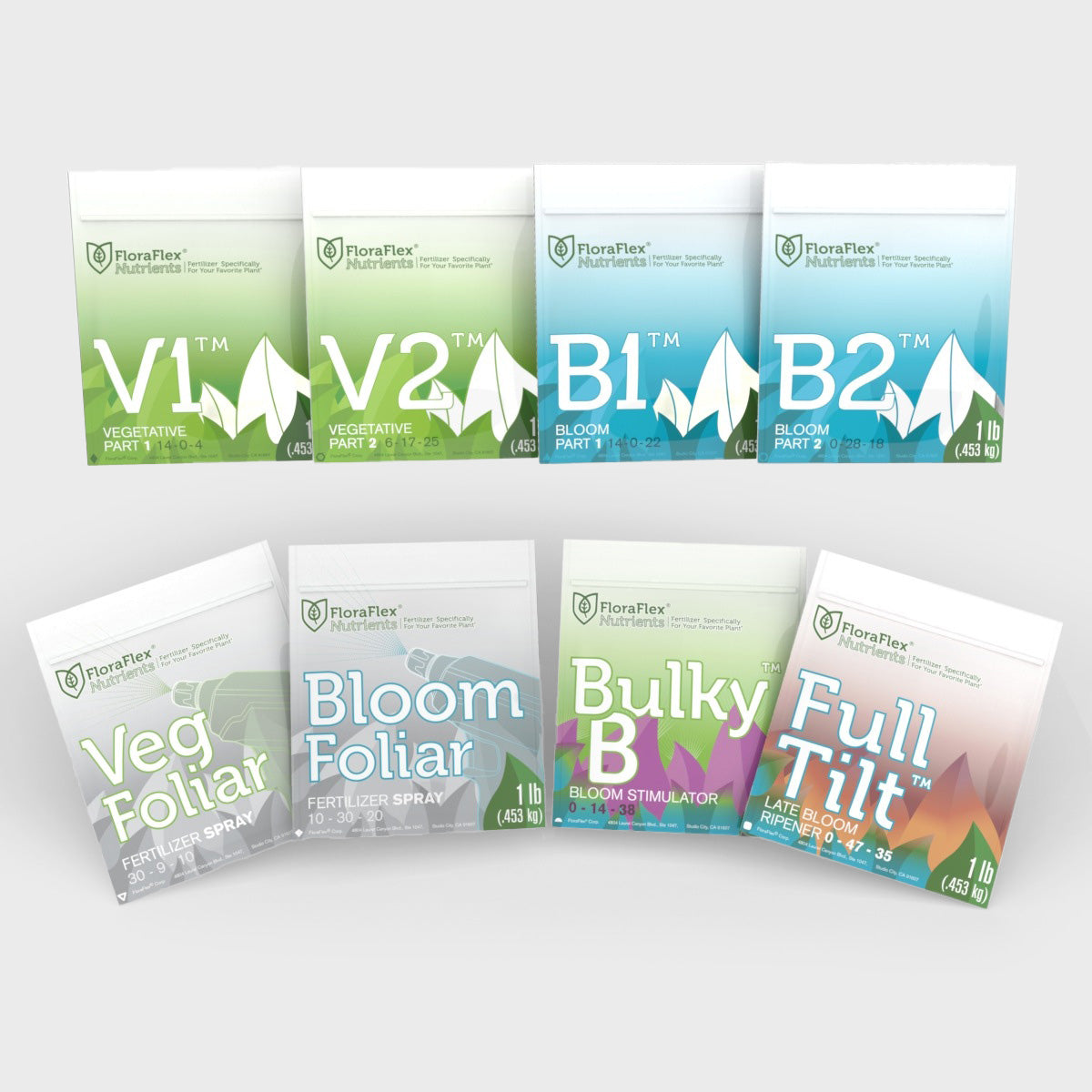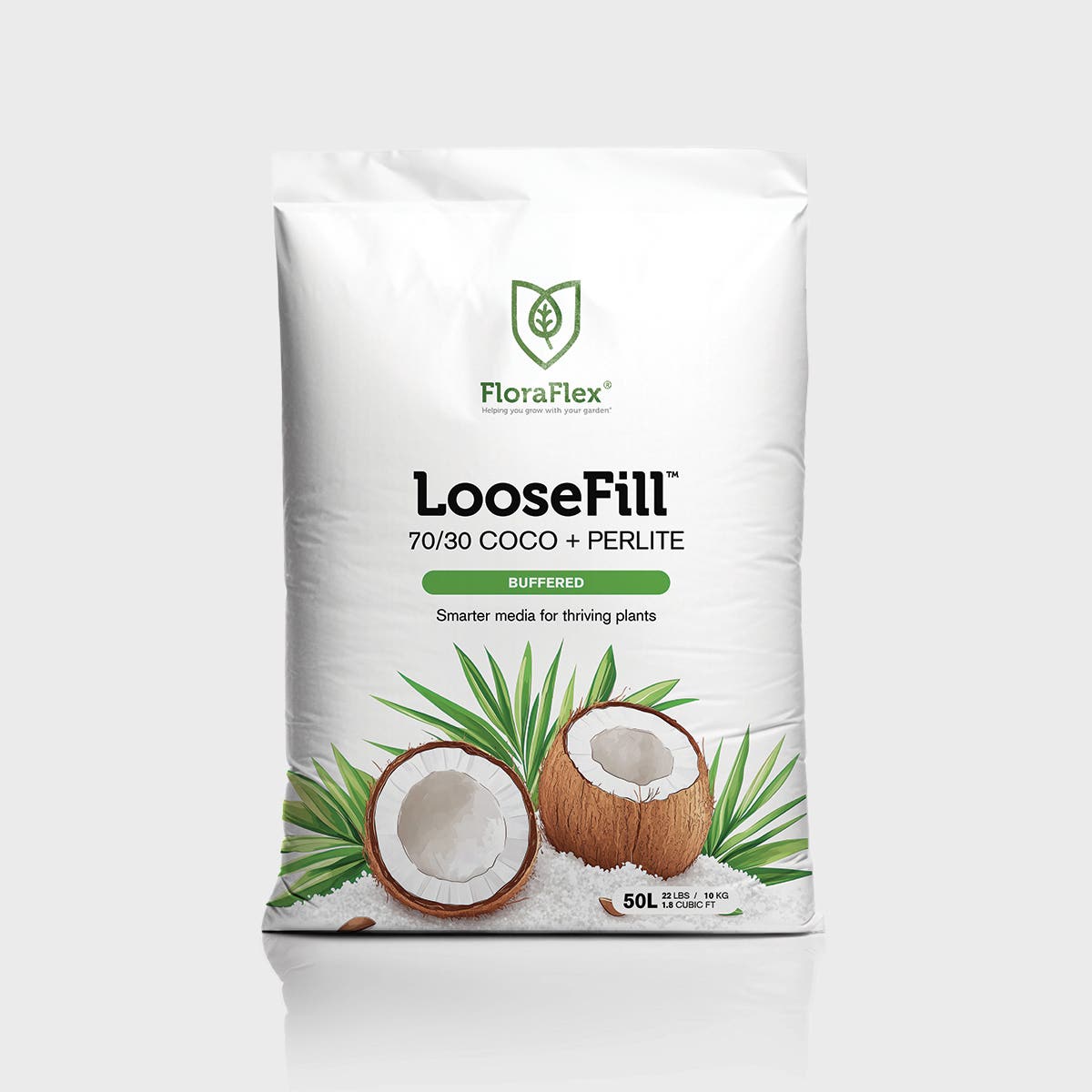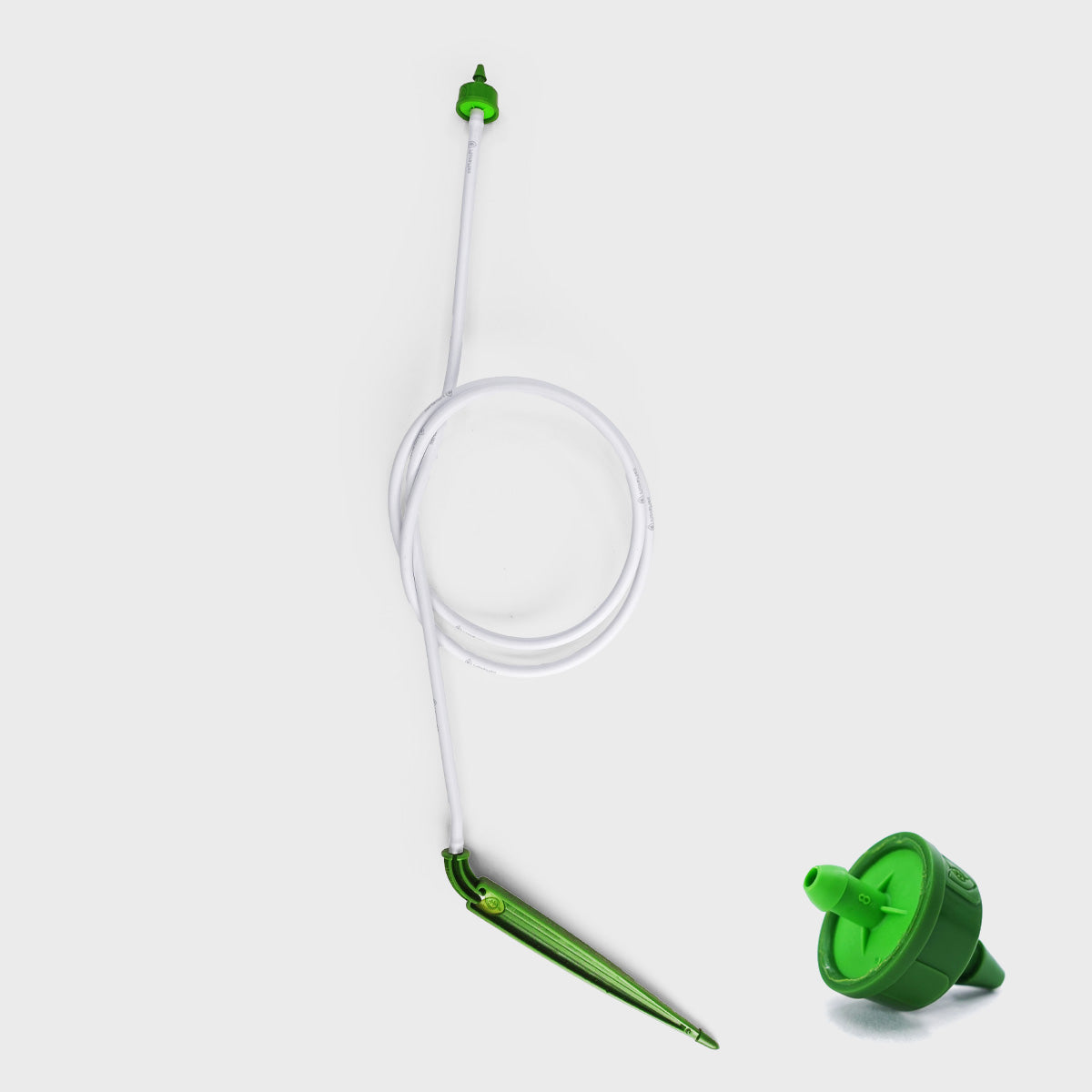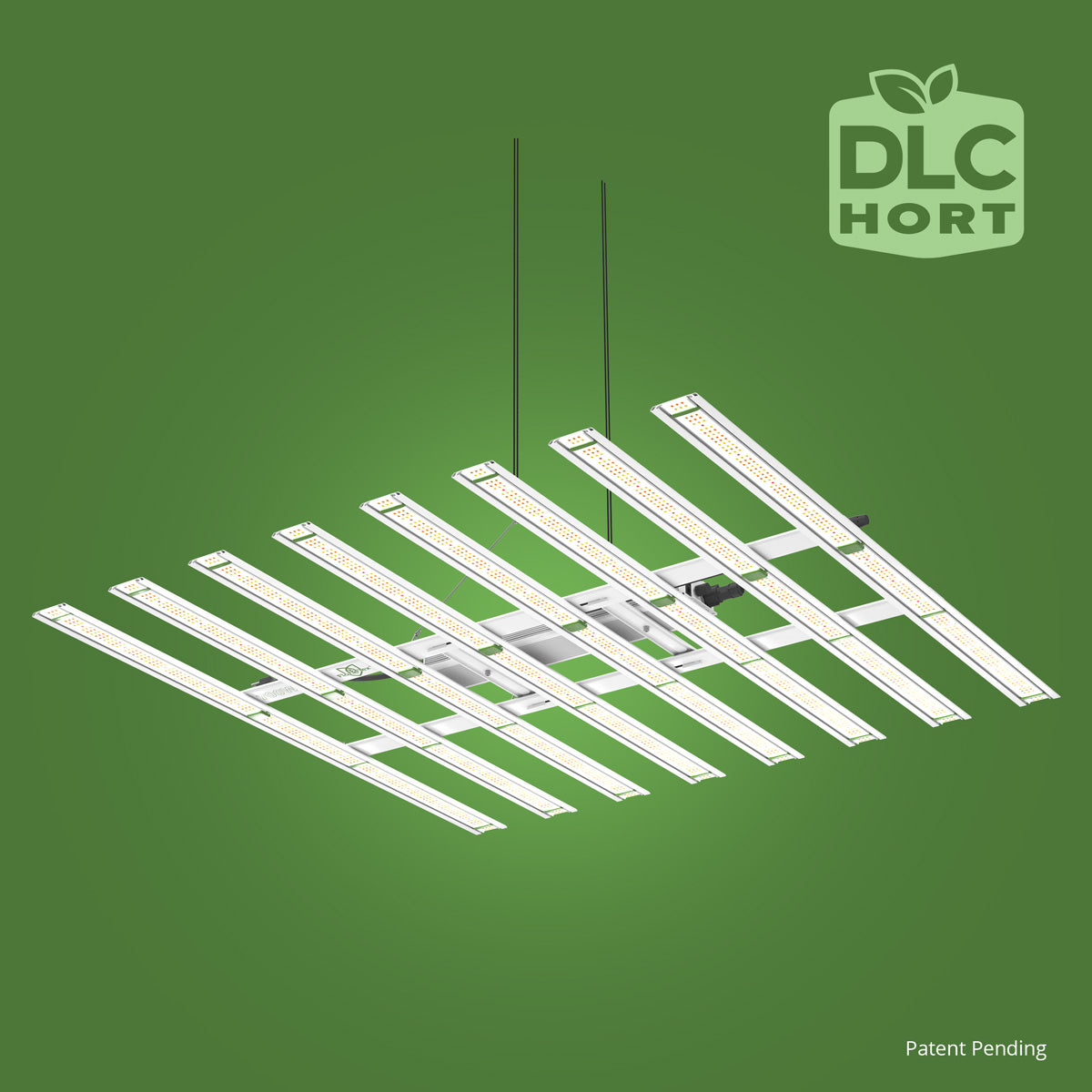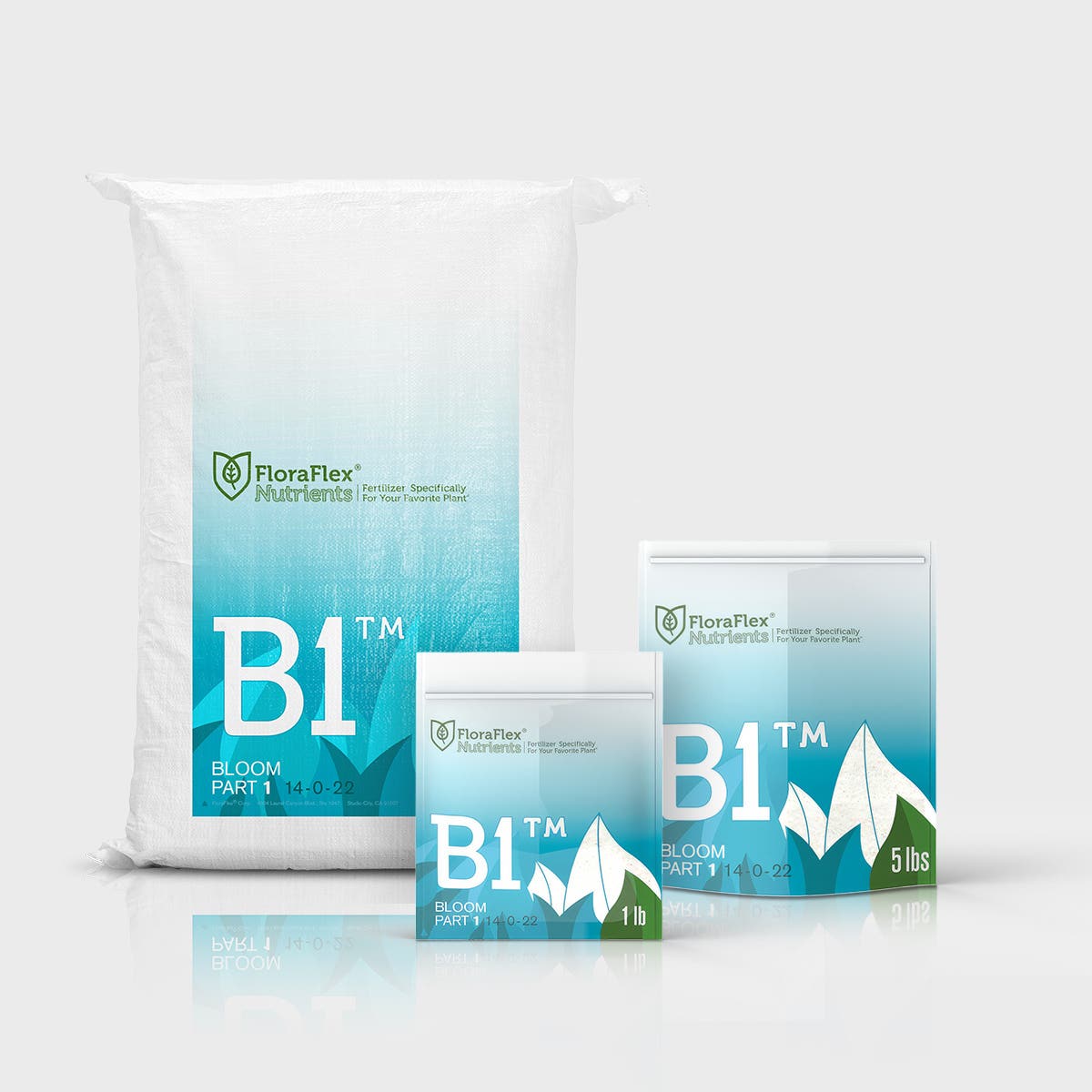Maximize Your Tomato Yield with Drip Irrigation
Table of Contents
- Introduction
- What is Drip Irrigation?
- Why is Drip Irrigation Important for Tomato Plants?
- How Does Drip Irrigation Work?
- Step-by-Step Guide to Setting Up Drip Irrigation for Tomatoes
- Gather Your Supplies
- Prepare the Tomato Bed
- Install the Drip Irrigation System
- Connect the Drip Lines to the Water Source
- Adjust the Water Flow
- Benefits of Drip Irrigation for Tomato Plants
- Tips for Maximizing Tomato Yield with Drip Irrigation
- Common Mistakes to Avoid
- Troubleshooting Drip Irrigation Issues
- Frequently Asked Questions
- Can I use drip irrigation for other plants besides tomatoes?
- How often should I water tomatoes with drip irrigation?
- Is drip irrigation more efficient than traditional sprinkler systems?
- Can I automate my drip irrigation system?
- Do I need to fertilize my tomato plants when using drip irrigation?
- Summary
- Call to Action
1. Introduction
Hello there, young green thumbs! Today, we're going to learn a super cool way to help your tomato plants grow big and strong. It's called "drip irrigation," and it's like giving your plants a gentle shower of water whenever they need it. Are you ready to dive into the world of drip irrigation and maximize your tomato yield? Let's get started!
2. What is Drip Irrigation?
Drip irrigation is a special way of watering plants that delivers water directly to the roots. Instead of using big sprinklers that spray water all over, drip irrigation uses tiny tubes or pipes that have small holes called "emitters." These emitters drip water slowly and steadily right where the plants need it, just like when rain falls softly on the ground.
3. Why is Drip Irrigation Important for Tomato Plants?
Tomato plants love water, but they don't like their leaves to get wet. When water sits on the leaves for too long, it can cause diseases that make the plants sick. With drip irrigation, we can give the plants the perfect amount of water they need without getting their leaves all wet and soggy. This keeps our tomato plants happy, healthy, and disease-free!
4. How Does Drip Irrigation Work?
Imagine you have a straw and you want to drink some juice from a glass. If you suck on the straw gently, the juice will slowly come up to your mouth. Drip irrigation works in a similar way. The water in the drip lines moves through the small holes (emitters) at a slow pace, just like you sucking gently on the straw. This allows the water to seep into the soil right where the tomato plant's roots are, quenching their thirst!
5. Step-by-Step Guide to Setting Up Drip Irrigation for Tomatoes
Gather Your Supplies
To start our drip irrigation adventure, we'll need a few things:
- A water source, like a hose or a water tank
- Drip lines or tubes with emitters
- Connectors to attach everything together
Prepare the Tomato Bed
Before we set up the drip irrigation system, we need to prepare the tomato bed. We'll dig a small trench alongside the tomato plants and cover it with soil. This will help the water flow directly to the roots.
Install the Drip Irrigation System
Now, it's time to put our drip irrigation system together. We'll connect the drip lines to the connectors, making sure they reach all the tomato plants in the bed.
Connect the Drip Lines to the Water Source
Next, we'll attach the drip lines to the water source, whether it's a hose or a water tank. We want to make sure the water flows smoothly through the lines and reaches the tomato plants.
Adjust the Water Flow
Once everything is connected, we can adjust the water flow. We want just the right amount of water to drip from the emitters, not too much and not too little. It's like finding the perfect balance, just like when you pour juice into a cup!
6. Benefits of Drip Irrigation for Tomato Plants
Drip irrigation has many benefits for our tomato plants. It helps:
- Conserve water by delivering it directly to the roots.
- Prevent diseases by keeping the leaves dry.
- Provide a constant supply of water for healthy growth.
- Control the amount of water each plant receives.
7. Tips for Maximizing Tomato Yield with Drip Irrigation
To get the most out of your tomato plants, here are some extra tips:
- Mulch the soil around the plants to keep moisture in and weeds out.
- Monitor the soil moisture to ensure it's neither too dry nor too wet.
- Prune your tomato plants to remove extra leaves and promote better air circulation.
- Provide support, like tomato cages or stakes, to help the plants grow upright.
8. Common Mistakes to Avoid
Sometimes, even experienced gardeners make mistakes. Here are a few common ones to avoid when using drip irrigation for tomatoes:
- Overwatering your plants, which can lead to root rot.
- Underwatering your plants, causing them to wilt and not produce many tomatoes.
- Forgetting to check and clean the emitters regularly.
- Ignoring any leaks or issues with the drip lines.
9. Troubleshooting Drip Irrigation Issues
Uh-oh! Sometimes, things don't go as planned. But don't worry, we can fix it! If you notice any problems with your drip irrigation system, like clogged emitters or leaks, here's what you can do:
- Check for clogged emitters and clean them using a small pin or toothpick.
- Look for any leaks in the drip lines and repair them with tape or replace the damaged section.
- Make sure the water source is working correctly and delivering enough water.
10. Frequently Asked Questions
Q: Can I use drip irrigation for other plants besides tomatoes? A: Absolutely! Drip irrigation is fantastic for many types of plants, like peppers, cucumbers, and flowers. It's like giving them a special drink whenever they're thirsty.
Q: How often should I water tomatoes with drip irrigation? A: Tomato plants usually need water every 2-3 days, but it depends on the weather and the soil. With drip irrigation, it's easier to control and give them the right amount of water when they need it.
Q: Is drip irrigation more efficient than traditional sprinkler systems? A: Yes, it is! Drip irrigation delivers water directly to the roots, so there's less water wasted. It's like giving your plants a targeted drink instead of watering the whole garden.
Q: Can I automate my drip irrigation system? A: Absolutely! There are timers and sensors available that can automatically turn on and off your drip irrigation system. It's like having a robot friend who takes care of watering your plants for you!
Q: Do I need to fertilize my tomato plants when using drip irrigation? A: Yes, it's still important to feed your tomato plants with nutrients. You can use organic fertilizers or compost to give them the extra boost they need for healthy growth.
11. Summary
In conclusion, drip irrigation is a fantastic way to maximize your tomato yield. It delivers water directly to the roots, keeps the leaves dry, and helps your plants stay healthy and disease-free. By following the step-by-step guide, you can set up your own drip irrigation system and enjoy a bountiful harvest of delicious tomatoes. Remember to follow the tips, avoid common mistakes, and troubleshoot any issues along the way.
12. Call to Action
Are you excited to give your tomato plants the love and care they deserve? Start by setting up your own drip irrigation system and watch your plants thrive! With drip irrigation, you'll become a gardening superhero and grow the tastiest tomatoes in town. Get ready to enjoy the fruits of your labor, young green thumbs!

